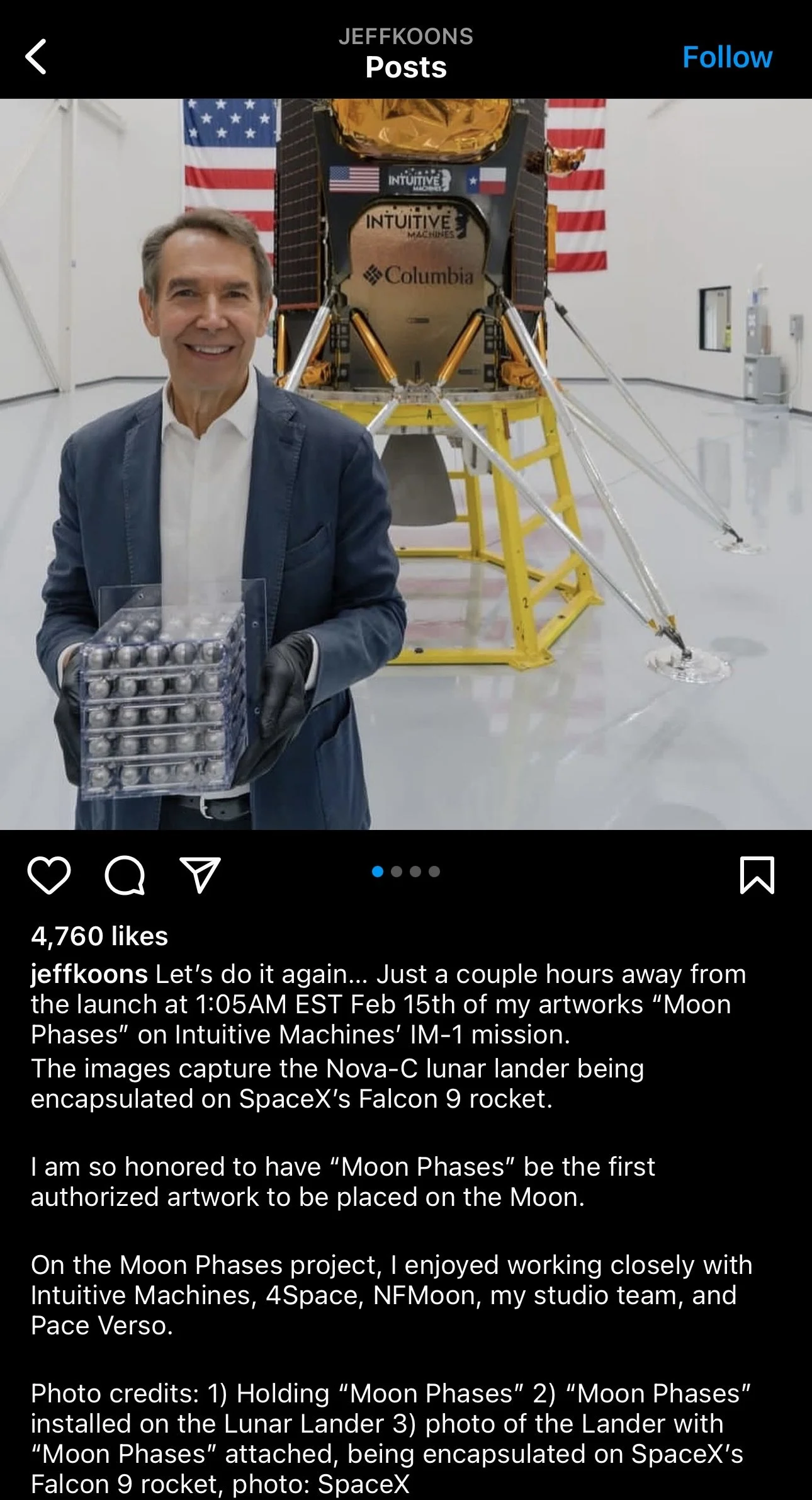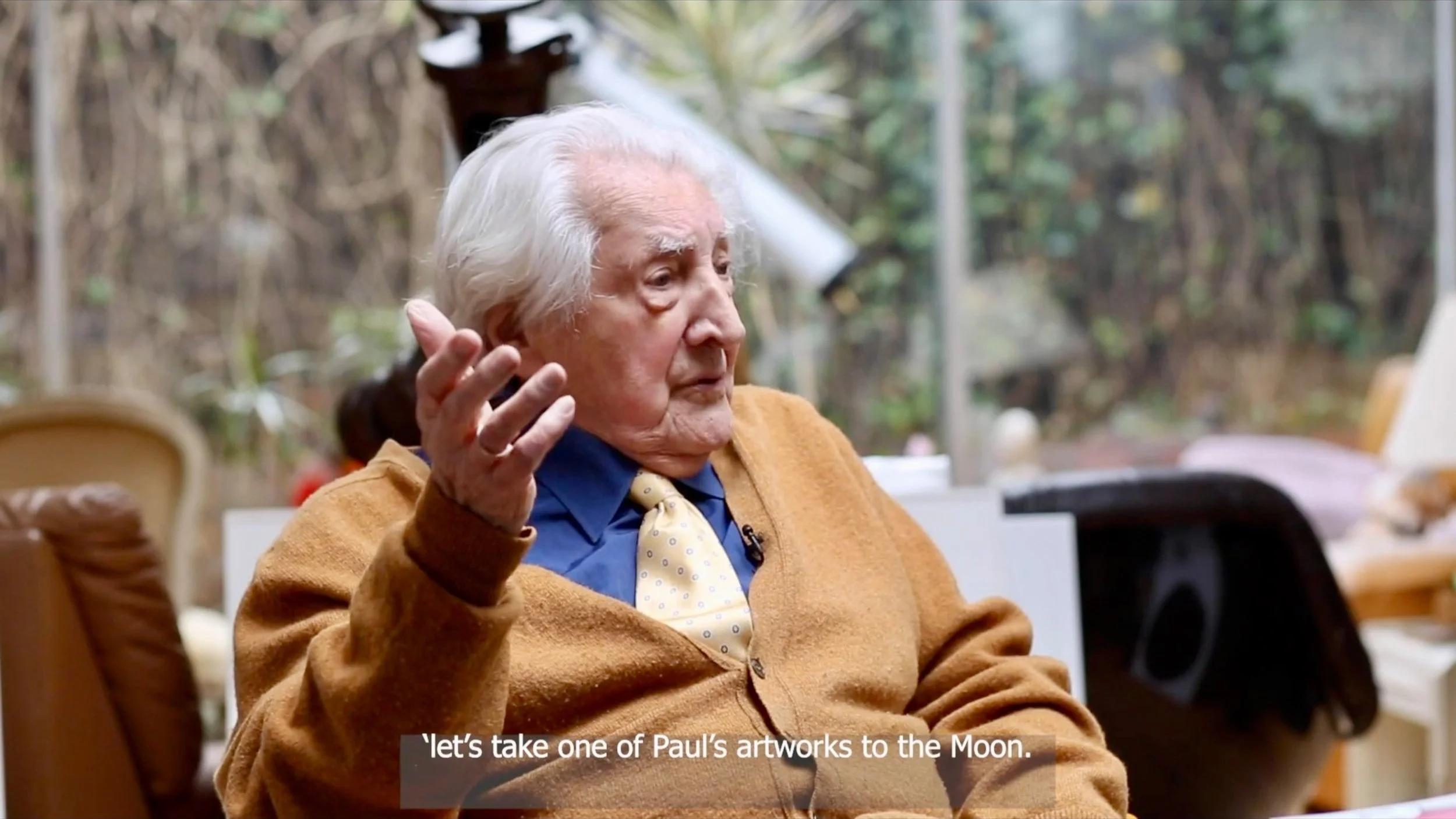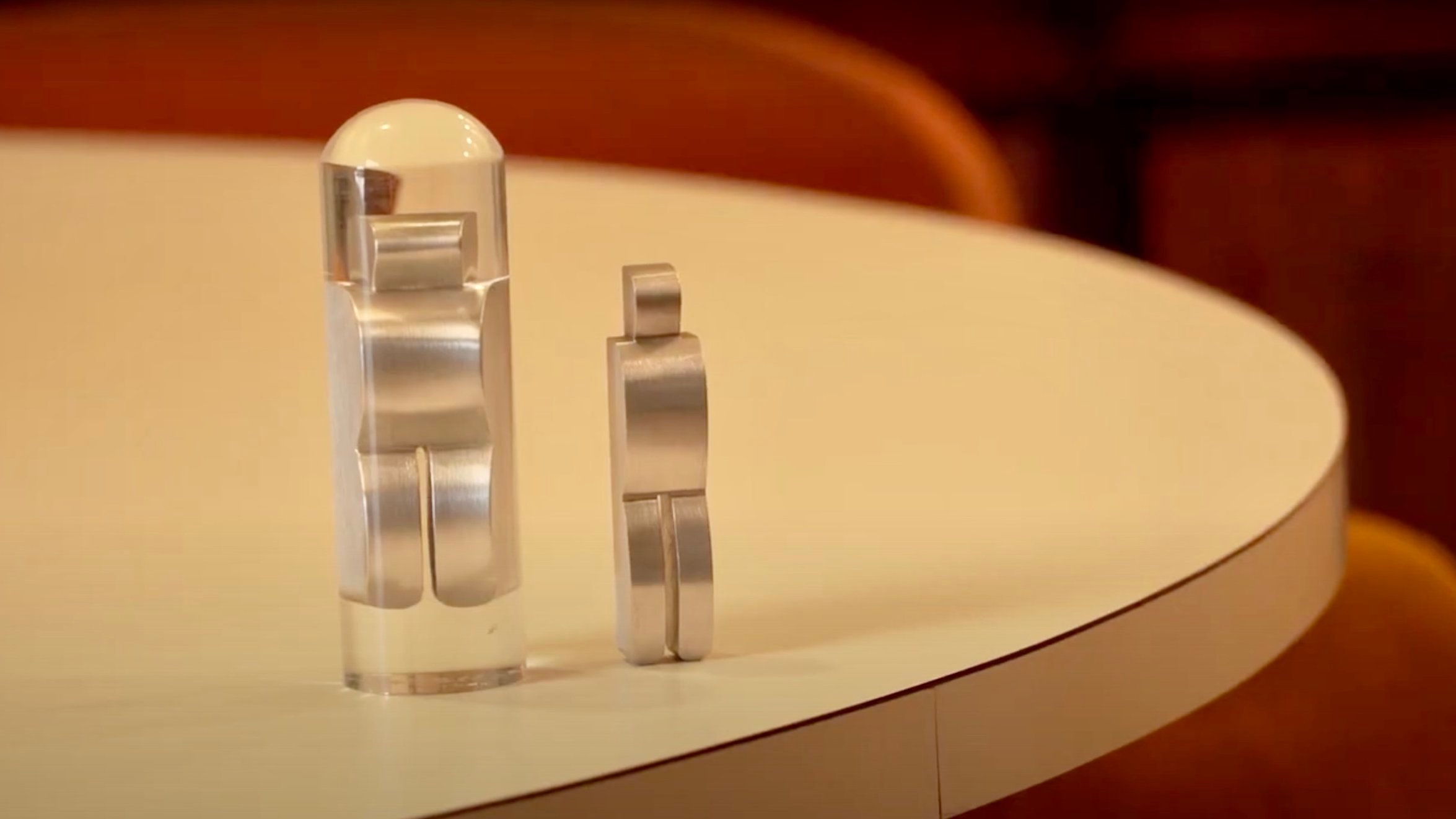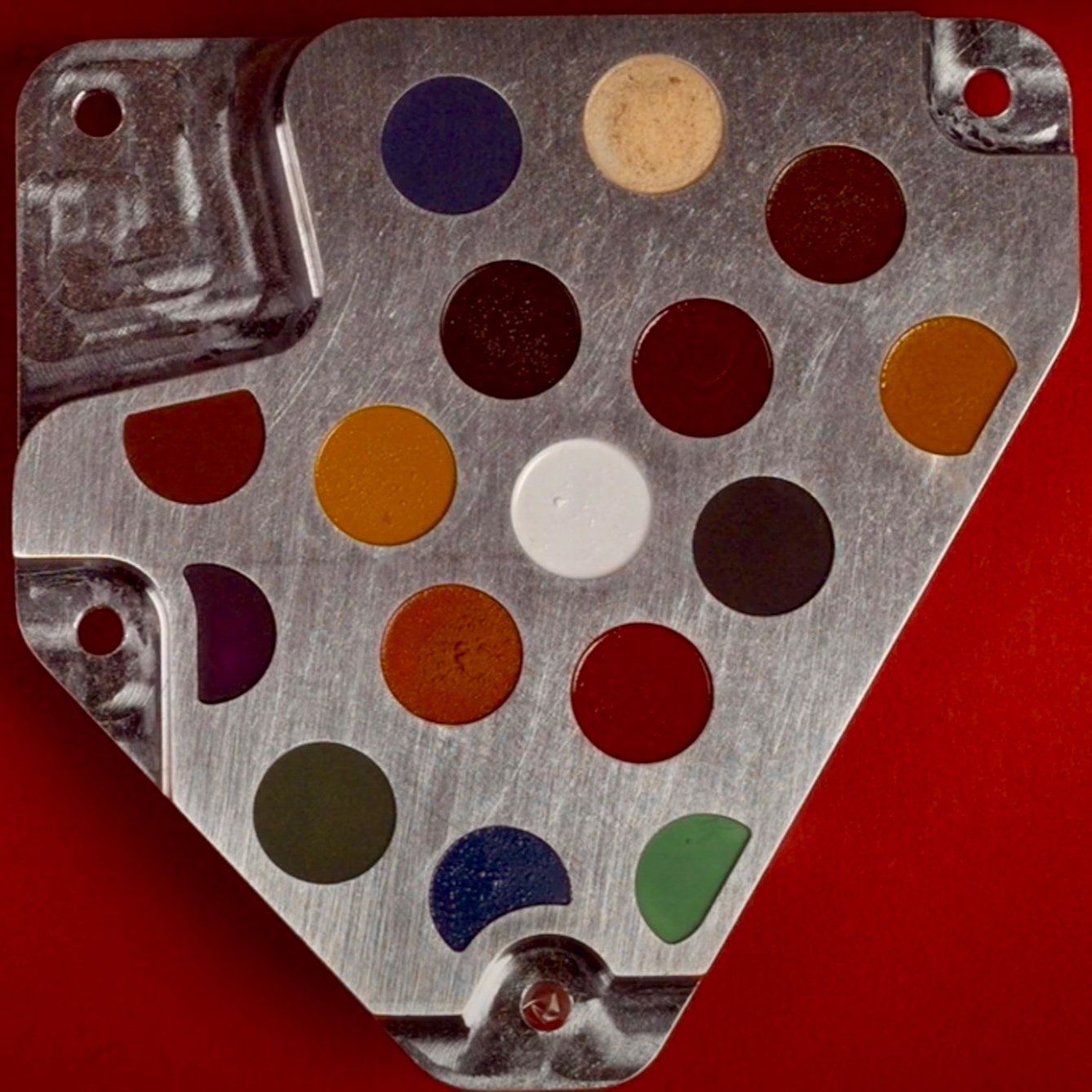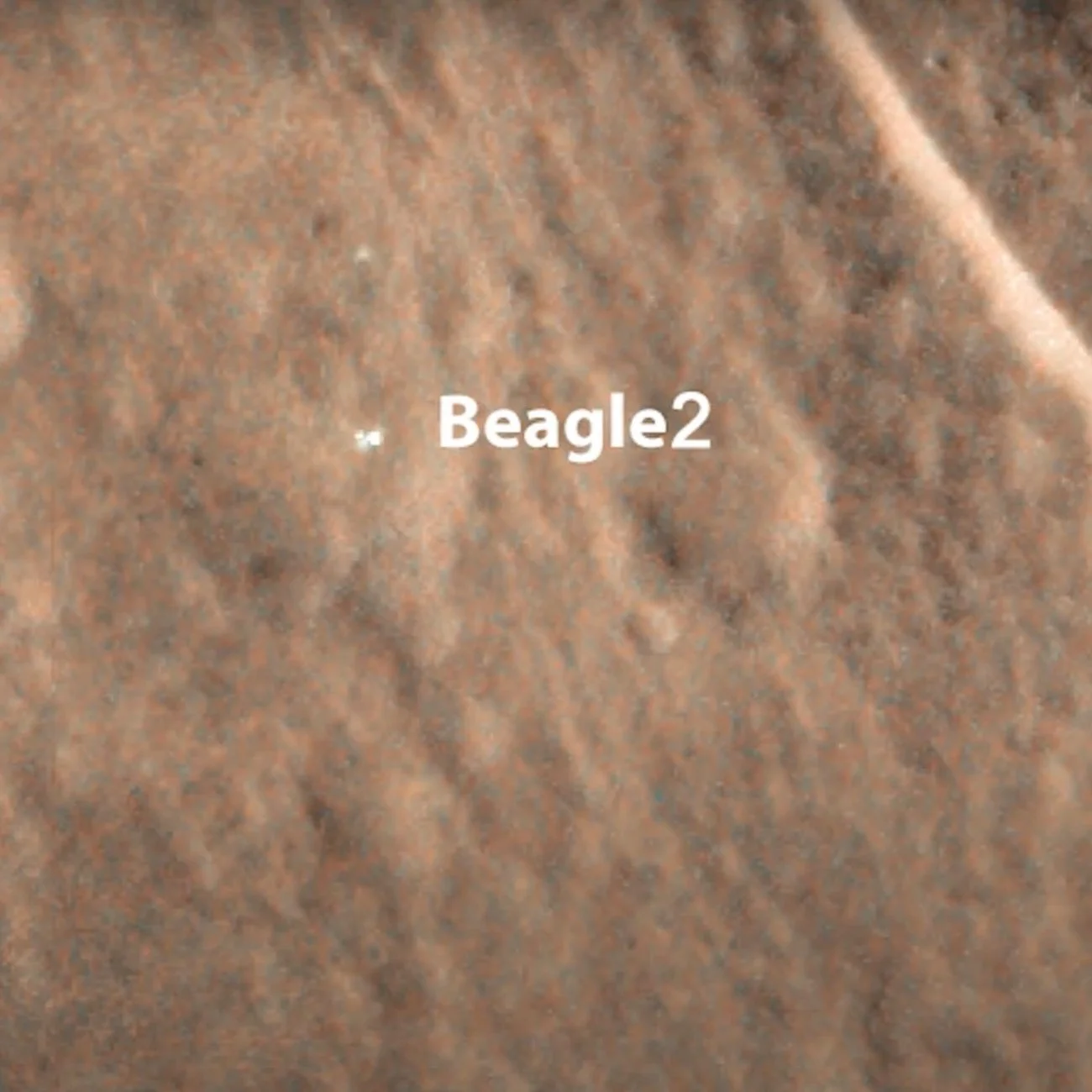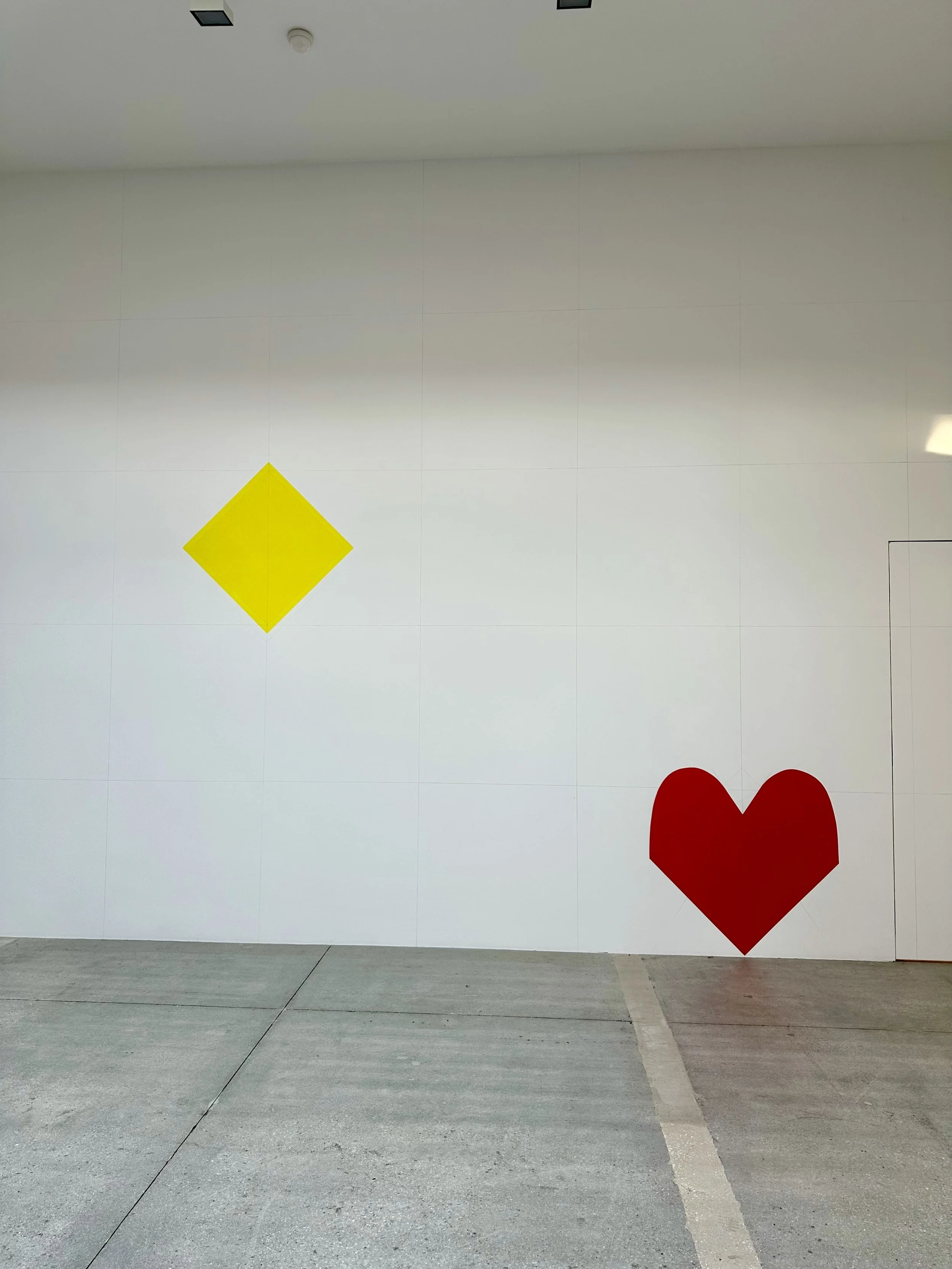Authorizing the Moon: Of Art, Words and Jeff Koons
We constantly seek origins. Where we came from, how Earth arose, what made our universe are not only weighty ruminations, but also sources of ownership. From land to cash, records trace rightful proprietorship. Nature and scientific limitations render origins a bit cloudier.
As do creatives and pioneers.
On February 15, artist Jeff Koons was “honored” that his 3-part sculptural work Moon Phases is the “first authorized artwork to be placed on the Moon.”
Except that his work is not the first on the moon. Not even in space.
So, what constitutes such a bold claim?
Jeff Koons claims his is the first artwork authorized for the Moon via an IG post. If purposely misleading, then we may assume it is for another controversy. Koons’ demand has fallen. This publicity may boost interest not only in his work but in NASA’s commercial interests. (Image: Instagram)
Wording. It adds technicalities.
“Authorized: Having official permission or approval.”- Apple Dictionary
THE $CIENCE
Artist Paul Van Hoeydonck speaking about the 1971 mission that took his Man on the Moon to the Moon. (Image: Kunst op de Campus 7 with Ernest De Bender, 2022)
Part 1 of Moon Phases headed to the moon via SpaceX carrying Intuitive Machine’s (IM) Odysseus lunar lander. It is comprised of 125 1-inch sculptures for each phase of the moon from distinct perspectives and one lunar eclipse. The sculptures’ mirroring effect from the stainless-steel, like Rabbit (1986), demonstrates lunar characteristics.
Rabbit (1986) by Jeff Koons sold for $91 million at auction in 2019. Demand has decreased lately. (Image: Christie’s)
According to Koons, his purpose is to create “dialogue” by using names of people who have historical significance. Ada Lovelace, Gandhi, David Bowie and da Vinci are among the eminent figures.
It is unclear if artist Paul Van Hoeydonck is honored with a mini Moon.
Jeff Koons: Moon Phases sculpture dedicated to Leonardo da Vinci. (Image: Pace)
Who?
Paul Van Hoeydonck’s Maanbeeldje prototype and replica. (Image: Fallen Astronaut documentary trailer)
In the summer of 1971, the Apollo 15 crew* commissioned and placed Paul Van Hoeydonck’s 3.5-inch faceless, raceless, genderless sculpture on the moon. This initiative predates Jeff Koons’ MoMA and Wall Street gigs. Van Hoeydonck’s trajectory of space and art- from Jules Verne in his youth to artwork and exhibitions in the 60’s- made him a fitting candidate for the mission. All parties, including NASA, authorized the sculpture’s addition to the lunar mission.
“The crew...decided to go the official way with the project and proposed their plan to NASA officials. Deke Slayton gave his permission.”
Van Hoeydonck’s aluminum symbol of humanity, Maanbeeldje (Man on the Moon)**, fit into Commander David Scott’s spacesuit pocket. The crew soon coined it Fallen Astronaut, much to Van Hoeydonck’s dismay. Even more aggrieving was the obligating anonymity and censorship. Unlike Koons’ celebratory laps on our X-verse and IG viral news cycles, Maanbeeldje was a blip on the publicity circuit and Van Hoeydonck’s contribution was warped in a black hole.
Artwork by Paul Van Hoeydonck depicting planetary science. (Image: Eastman Gallery, Limburg TV)
Thus, instead of an “authorized” spectacle, two recollections linger of the first artwork on the Moon- an artist’s publicly celebrated project to inspire the future of humanity and an astronaut’s private commemoration of space exploration’s casualties.
Authorized. It truly makes things sound official, doesn’t it? Particularly when accompanied by pomp.
Paul Van Hoeydonck’s Maanbeeldje , or Fallen Astronaut, on the Moon with the commemoration plaque. (Image: PBS)
Van Hoeydonck was ahead of his time in commercializing lunar art. Almost. Replicas of Maanbeeldje were to be sold in a limited series. Primarily to keep afloat the gallery that initiated the 1971 lunar endeavor. Scott and NASA would not approve the sale of space missions because oh, for shame!
As society has increasingly participated in the business of art, NASA has accepted the business of space.
Fast forward over half a century- larger sculptures and NFTs of Moon Phases will be available for view and sale on Earth. To map out the lunar installation, gems like diamonds and emeralds are attached to each sculpture on Earth. The commercialization of Koons’ Moon Phases would be peculiar if not for the fact that we are in the age of commercial space flight. The IM lunar flight is part of NASA’s Artemis commercial payload program.
A lot was going on in 1971. It seems that art on the moon is as controversial today as it was during the Nixon White House. (Image: AKJAM Publishing)
Citations are important.
In science, citation matters, authorship matters, and dates matter. Because these let us trace who did it first. There are no technicalities. We build off other’s works and must state the origins of our hypotheses and, importantly, recognize how our work is novel. Being first in science really makes the difference between tenure at an R1 and community college. Being first in art makes the difference between founding the Lunar Heritage Site and hanging Starry Night in a café.
Leaving “authorized” out of Koons’ statement would change the significance of his lunar installation. Thus, it would somewhat devalue the project and sales. The first art on the moon is Paul Van Hoeydonck’s. Commercial space programs cannot change that as NFTs do not alter the significance of Saturn Devouring His Son. Jeff Koons as an artist without that word, is also not exceptional. If he actually flew up with Moon Phases, that would make him a first. At least he has number 2, an also-ran. Well, technically maybe number 3 or 4…
Bottom Line
“There can only be one NASA approved first artwork on the moon and that is Fallen Astronaut.”
Jeff Koons having art on the moon is relatively insignificant. Our goal is Mars. The Artemis Accords intends to use the Moon as a pitstop to Mars. With a spots series creation, Damien Hirst became the first artist to have a Martian exhibition space 21-years ago.
Damien Hirst’s spot series heading to Mars via the European Space Agency. (Image: PBS)
Hirst’s spot series spotted on Mars’ surface by NASA. (Image: PBS)
In 2013 Paul Van Hoeydonck was finally invited to speak at the Smithsonian about Maanbeeldje.
Public consumption of art inspires as does open science. What is the point of secret art? Art that is not seen, heard or discussed. Artists not recognized for their work is like scientists omitted from authorship of their research. The origins of our ideas and endeavors allow humanity to reach new destinations and collaborations. With the same passion that we seek our personal origins, we should ask who did it first. We cannot build much without that foundation.
When asked about the Koons project, Paul and Marleen Van Hoeydonck related to The Magazine “We wish Jeff Koons success with his project, but there can only be one first artwork.”
Moon Phases is scheduled to land February 22, 2024 at the Lunar South Pole.
The New York Times published an article with a photo of the sculptures loaded pre-flight with “first authorized artwork on the moon” attributed to Jeff Koons. (Image: NY Times)
*Commander Scott instigated the commission during a dinner meeting with crew mate Irwin and artist Van Hoeydonck. Middleman Danny Lawler was in the fray
**The intended name of the statue was verified by Paul and Marleen Van Hoeydonck to The Magazine
Deke Slayton was the Chief of the Astronaut Office and Director of Fight Crew Operations.
NASA Communications and Pace Gallery were contacted for this article to clarify the “authorization”. No response was received at press time.
Cover artwork by AKJAM Publishing.



